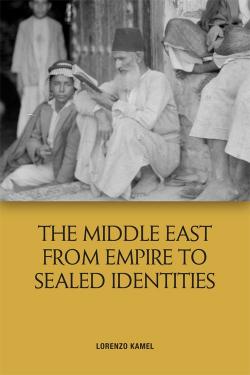The Middle East from Empire to Sealed Identities

This compelling analysis of the modern Middle East – based on research in 19 archives and numerous languages – shows the transition from an internal history characterised by local realities that were plural and multidimensional, and where identities were flexible and hybrid, to a simplified history largely imagined and imposed by external actors. This version of history is distinguished by the politicisation of these identities with the aim of better grasping and, ultimately, controlling them. The author shows – mainly through a study of key moments, including the germs of competing ethno-religious visions in the 1830s, the Ottoman Tanzimat, the introduction of the Millet system, the Balfour Declaration, post-World War One treaties, and the creation of borders – how the once heterogeneous identities of Middle Eastern peoples were sealed into a standardised and uniform version that persists to this day.
-
Dati bibliografici
Edinburgh, Edinburgh University Press, 2019, 288 p. -
ISBN/ISSN/DOI:
978-1-4744-4894-9
Lists of Figures
Abbreviations
Note on Transliteration
Acknowledgements
Introduction: The Past’s Present
1. Beyond ‘Tribes’ and ‘Sects’: On Concepts and Terms
2. The First Moment; 1830s: The Germs of Competing Ethno-Religious Visions
3. The Second Moment; The Tanẓīmāt’s Long Waves: Politicising Ethno-Religious Differences
4. The Third Moment; From Ethnocentric Drives to a New Millet System
5. Balfour’s ‘Pattern’
6. The Racialisation of Middle Eastern People
7. Beyond ‘Artificiality’: Borders, States, Nations
Conclusion: The Present’s Past
Index



